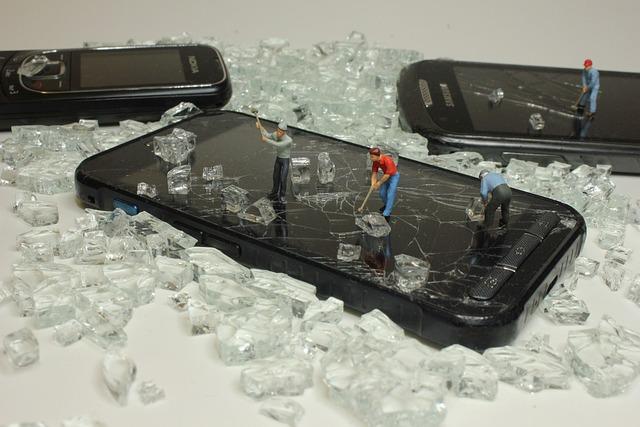The Circular Economy in Action: Case Studies of Successful Mobiles and Tablets Recycling Programs
In today's rapidly advancing technological landscape, electronic devices like mobile phones and tablets have become an integral part of our daily lives. However, the fast-paced evolution of these gadgets results in a growing electronic waste (e-waste) problem. To combat this issue and promote sustainability, many organizations have embraced the principles of the circular economy by implementing successful recycling programs for mobiles and tablets. In this article, we will explore several case studies of organizations that have effectively implemented such programs, highlighting their strategies, impacts, and lessons learned.
- Apple's Recycling Initiatives
Apple, a leading technology company, has been at the forefront of sustainability efforts in the tech industry. The company introduced the Apple Renew program, allowing customers to return their old devices for recycling. Apple's recycling robot, Daisy, disassembles iPhones and recovers valuable materials like aluminum, cobalt, and gold, which can be reused in new devices. This approach not only reduces e-waste but also minimizes the need for mining raw materials, making it an exemplary circular economy model.
Apple's recycling initiatives have significantly contributed to reducing their carbon footprint and conserving natural resources. By incorporating recycled materials into their products, they have set an example for the industry, demonstrating that sustainable practices can be economically viable.
- Samsung's "Galaxy Upcycling" Program
Samsung, another tech giant, has embarked on its circular economy journey through its "Galaxy Upcycling" program. The initiative aims to extend the lifespan of older Galaxy smartphones by repurposing them for various applications. For instance, these devices can be transformed into home automation controllers, baby monitors, or even CCTV cameras. By breathing new life into older devices, Samsung not only reduces e-waste but also offers affordable, sustainable solutions to consumers.
The "Galaxy Upcycling" program has showcased Samsung's commitment to environmental responsibility while fostering innovation in the tech industry. This approach aligns with the circular economy's core principles of reuse and prolonging product life cycles.
- Fairphone's Ethical and Modular Design
Fairphone, a Dutch company, has taken a different approach to promote sustainability in the mobile industry. They have developed the Fairphone, a modular smartphone designed for easy repair and upgradeability. Fairphone's commitment to ethical sourcing of materials and fair labor practices is also noteworthy. The modular design of their devices allows users to replace individual components, such as the camera or battery, rather than discarding the entire device.
Fairphone's circular approach to smartphone design addresses not only e-waste but also social and environmental issues associated with the production of electronic devices. Their commitment to transparency and sustainability serves as an inspiring model for the entire industry.
Closing the Loop with EPEAT
The Electronic Product Environmental Assessment Tool (EPEAT) is a global registry that certifies electronic products based on their environmental performance. EPEAT's rating system considers factors such as energy efficiency, recyclability, and the use of hazardous materials. Companies like Dell, HP, and Lenovo have embraced EPEAT certification for their tablets and laptops, aligning their products with circular economy principles.
By adhering to EPEAT standards, these companies have made significant strides in reducing their environmental impact and promoting responsible consumption. They have also gained a competitive advantage by appealing to environmentally conscious consumers.
The Role of NGOs and Governments
Non-governmental organizations (NGOs) and governments also play a crucial role in promoting the circular economy in the mobile and tablet industry. For example, the European Union's Waste Electrical and Electronic Equipment (WEEE) Directive mandates the responsible disposal and recycling of electronic devices. It encourages manufacturers to take responsibility for the end-of-life management of their products, fostering a circular economy approach.
NGOs like the Basel Action Network (BAN) work to combat e-waste by exposing illegal export practices and promoting responsible recycling. BAN's e-Stewards program certifies recyclers who adhere to strict environmental and ethical standards.
Conclusion
The case studies presented here demonstrate that the circular economy is not just a theoretical concept but a tangible and effective approach to addressing the growing problem of e-waste in the mobile and tablet industry. Organizations like Apple, Samsung, Fairphone, and others are leading the way by implementing innovative strategies that prioritize sustainability, resource conservation, and responsible consumption.
As the demand for electronic devices continues to rise, it is imperative that more companies and governments adopt similar circular economy principles to reduce the environmental and social impact of e-waste. By doing so, we can create a more sustainable future for generations to come, where electronic gadgets not only enrich our lives but also contribute to a healthier planet.

